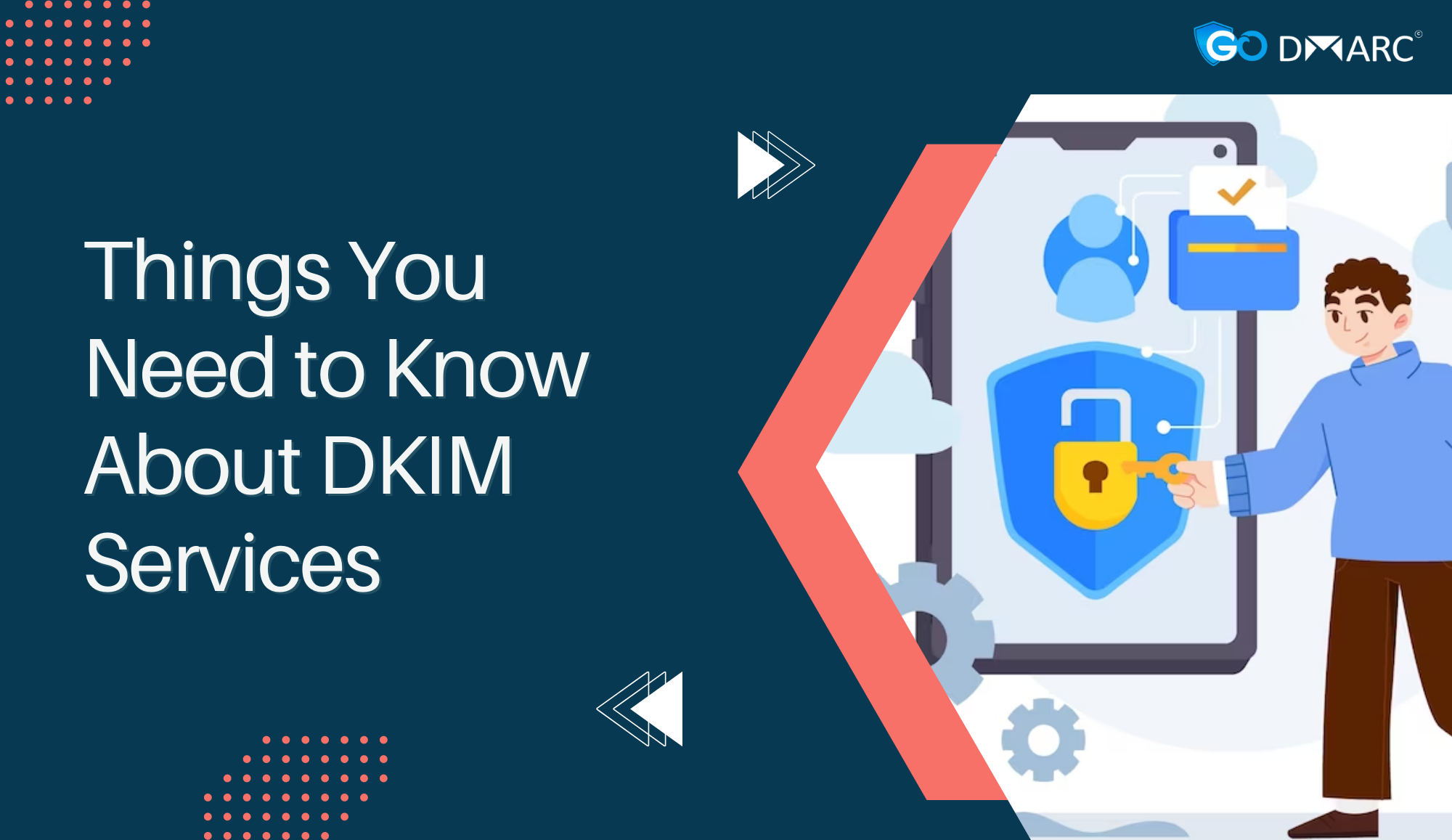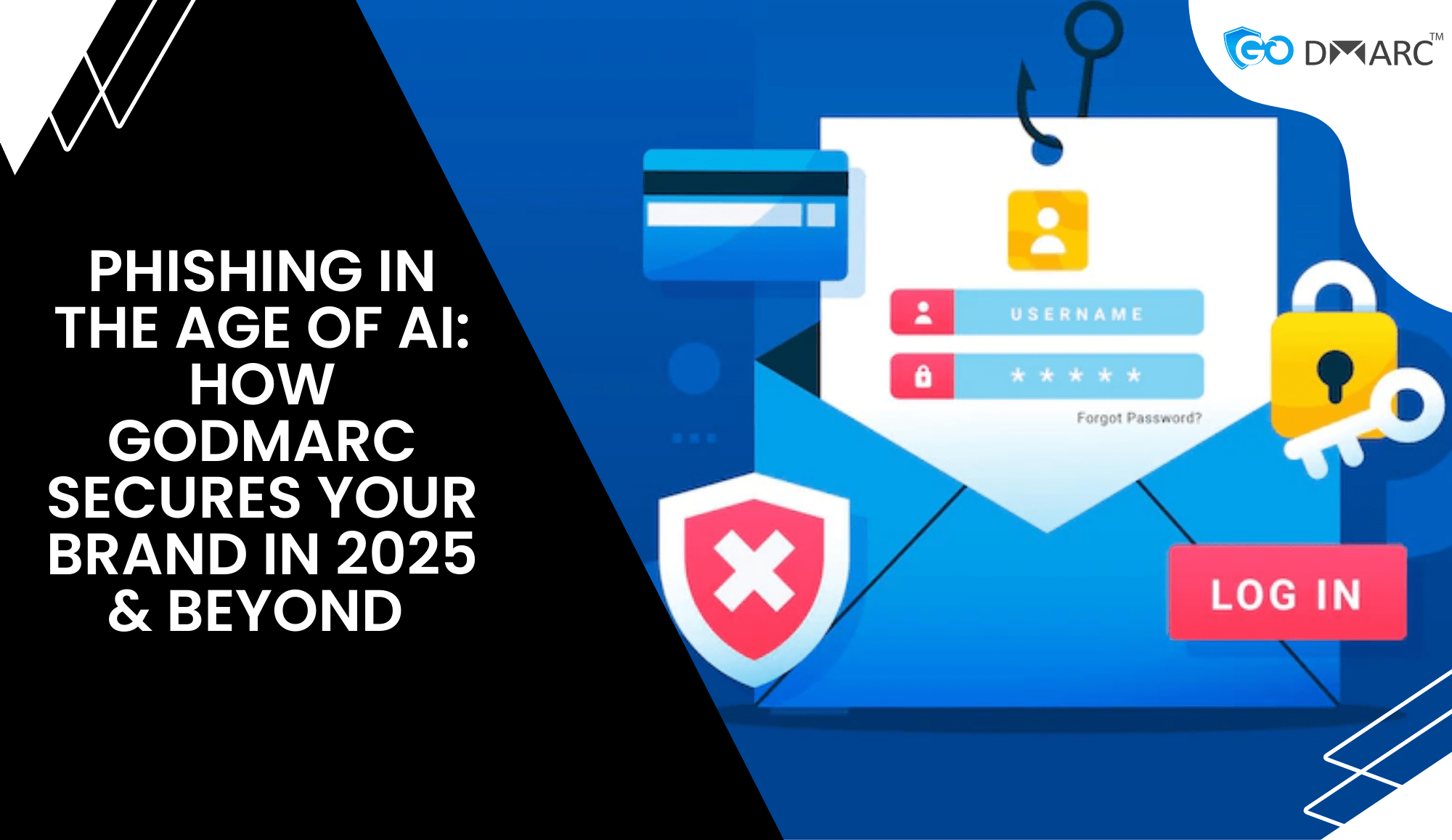Introduction
Email security is a critical aspect of modern digital communication. One of the essential tools for securing email messages is DKIM Services. DKIM (Domain Keys Identified Mail) is an email authentication protocol that helps verify whether an email was truly sent from the claimed domain and whether its contents have been altered in transit.
By implementing DKIM Services, businesses can enhance email security, prevent phishing attacks, and improve email deliverability. In this blog, we will cover everything you need to know about DKIM, how it works, its benefits, and best practices for implementation.
What is DKIM?
DKIM (DomainKeys Identified Mail) is an email authentication method that allows the recipient’s mail server to verify that the email message has not been tampered with. It uses cryptographic signatures to authenticate the email sender and ensure email integrity.
When an email is sent, DKIM attaches a unique digital signature in the email header. The receiving server checks this signature against a public key published in the sender’s domain DNS records. If the signature is valid, the email is considered authentic.
How Do DKIM Services Work?
DKIM Services work by adding a cryptographic signature to outgoing emails and verifying them upon receipt. Here’s how the process works:
- Generating the DKIM Key Pair
- The email-sending domain generates a public-private key pair.
- The private key is kept secure by the sender and used to sign outgoing emails.
- The public key is published in the domain’s DNS records.
- Signing Outgoing Emails
- Each outgoing email is signed using the private key.
- The DKIM signature is added to the email header.
- Verifying Incoming Emails
- The receiving email server retrieves the sender’s public key from DNS.
- The server verifies the email’s signature.
- If the signature matches, the email is authenticated and delivered.
Using DKIM Services, organizations can ensure that their email communications remain secure and unaltered.
Benefits of Using DKIM Services
Implementing DKIM Services provides numerous benefits for businesses and individuals alike. Here are some of the key advantages:
1. Prevents Email Spoofing and Phishing
DKIM helps prevent cybercriminals from forging email headers to impersonate trusted organizations. It ensures that the email originates from an authorized domain.
2. Enhances Email Deliverability
Many email providers like Gmail, Yahoo, and Outlook use DKIM authentication as a factor in deciding whether to mark an email as spam. Proper DKIM implementation improves inbox placement rates.
3. Improves Brand Reputation
Organizations that use DKIM demonstrate a commitment to email security. This helps build trust with customers and partners.
4. Complements SPF and DMARC
DKIM works alongside SPF (Sender Policy Framework) and DMARC (Domain-based Message Authentication, Reporting, and Conformance) to provide a robust email authentication framework.
5. Ensures Email Integrity
DKIM ensures that the content of an email has not been modified in transit, safeguarding the integrity of sensitive communications.
Common DKIM Misconfigurations and How to Fix Them
Despite its benefits, many organizations fail to properly configure DKIM, leading to authentication failures. Here are some common DKIM issues and their solutions:
1. Missing or Incorrect DKIM Records
- Issue: Some domains do not have a DKIM record in their DNS settings.
- Solution: Ensure a DKIM TXT record is added to your domain’s DNS.
2. Using a Weak Key Length
- Issue: Older DKIM configurations may use weak key lengths, making them vulnerable to attacks.
- Solution: Use a minimum of 1024-bit keys; ideally, opt for 2048-bit encryption for better security.
3. Expired DKIM Keys
- Issue: Some organizations forget to rotate DKIM keys, which can compromise security.
- Solution: Regularly rotate DKIM keys and update the DNS records accordingly.
4. DKIM Not Aligned with DMARC Policy
- Issue: DKIM should align with the domain used in the “From” address to work properly with DMARC.
- Solution: Ensure the DKIM signing domain (d=) matches the “From” domain to avoid alignment failures.
How to Implement DKIM Services for Your Domain
Setting up DKIM Services for your domain involves a few essential steps:
- Generate a DKIM Key Pair
- Use an online DKIM key generator or your email service provider’s tools.
- Create a public-private key pair.
- Publish the Public Key in DNS
- Add a TXT record to your domain’s DNS settings.
- Example DKIM DNS record:
default._domainkey.example.com TXT "v=DKIM1; k=rsa; p=your_public_key_here" - Enable DKIM Signing on Your Mail Server
- Configure your email service provider to sign outgoing emails with the private key.
- Verify DKIM Setup
- Use online DKIM testing tools to check if the signature is valid.
- Monitor DKIM Performance
- Regularly check DKIM authentication reports to ensure proper functioning.
Best Practices for Managing DKIM Services
To maximize the benefits of DKIM Services, follow these best practices:
- Use Strong Encryption: Opt for 2048-bit keys for better security.
- Rotate Keys Periodically: Change DKIM keys every 6–12 months to enhance security.
- Monitor DKIM Reports: Analyze authentication reports to detect potential threats.
- Ensure Alignment with DMARC: Make sure DKIM policies align with your DMARC strategy.
- Test DKIM Regularly: Use DKIM testing tools to verify proper setup and troubleshoot issues.
Conclusion
DKIM Services play a crucial role in securing email communications by authenticating the sender and ensuring message integrity. By properly implementing DKIM, businesses can prevent email spoofing, improve deliverability, and strengthen their email security posture.
To fully benefit from DKIM, organizations should:
- Set up DKIM correctly with strong encryption.
- Align DKIM with DMARC policies.
- Regularly monitor and rotate DKIM keys.
By taking these steps, businesses can ensure that their emails are protected from cyber threats and successfully delivered to recipients.
If you’re looking for expert assistance in setting up DKIM Services, reach out to our team for a secure and reliable email authentication strategy.




